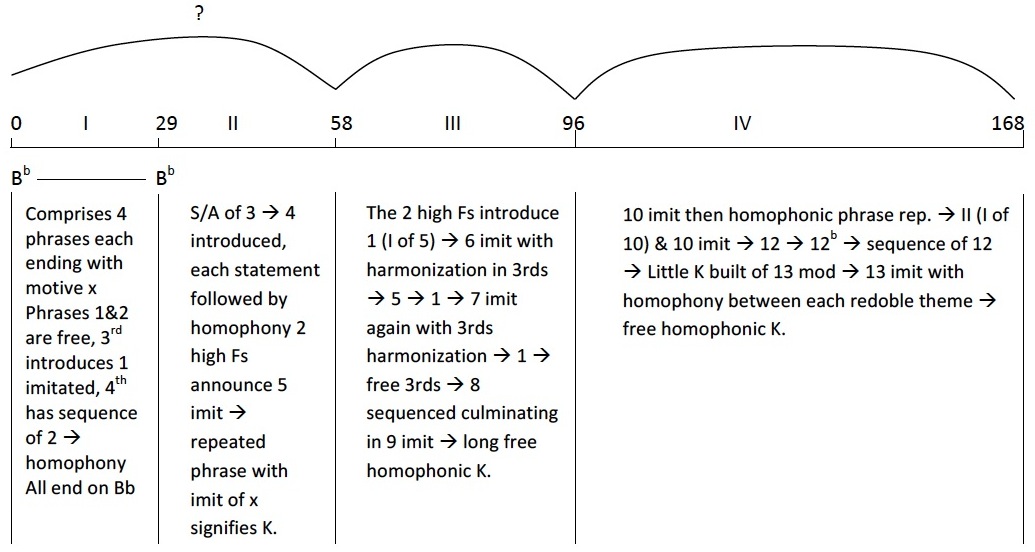| Source title | Esta fantasia que se sigue es del sexto tono y ha se de tañer al principio con el compas a espacio. Hasta aqui os he figurado el compas con vn semibreue que vulgarmente dizen al compassillo: y enla presente fantasia os figuro el compas con vn breue. Esto he hecho porque si os es dificil de entender la cuenta del canto al compassillo por los corcheos que ay sera mas facil de entender a este compas mayor si las figuras conel como agore verexs. |
|---|---|
| Title in contents | |
| Text incipit |

Music
Category abstract
Genre fantasia
Fantasia type ImP
Mode 6
Voices 4
Length (compases) 168
Vihuela
Tuning A
Courses 6
Final VI/1
Highest I/10
Lowest VI/1
Difficulty not specified
Tempo slow
Song Text
Language
Vocal notation
Commentary
Milán writes a lengthy rubric indicating that “This fantasia that follows is in the sixth mode and has to be played at the beginning with a slow beat. Until this I have divided the bars into semibreves, which we commonly call “compasillo”, and in the present fantasia I write the bars with the value of a breve. I have done this because if it is difficult for you to understand the rhythm of the cantus in semibreves because of the quavers that it includes. It will be much easier to understand this meter in breve units using the note values that you will see”.
It is another polythematic, imitative fantasia but with numerous idiosyncrasies that make it rather unusual. “A” tuning gives Bb mode. It would make more sense in E. It has an unusual first section, with emphasis on motives rather than themes; the indication implying accelerating tempo. Sectionalization is difficult – usual style of Milán analysis doesn’t seem to apply terribly well. Seems more tonal than thematic rather like Mi16. Sections I & II are identical in length. Much greater use of free homophony esp. I. Also uses redoble head motives with free homophonic tails.
